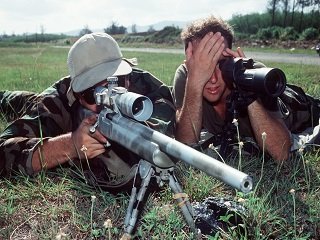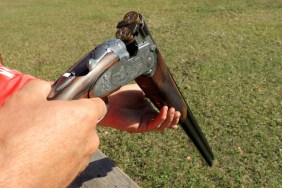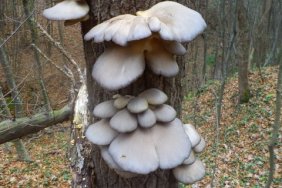 Hunting has evolved. Smart hunters know that the more ground you cover, the more opportunities can be had, but using optics instead of boot leather is how the modern hunter covers ground. Glassing is required and it is fruitful when it comes to pinpointing quality animals. Here are three tricks that I have learned from decades of glassing animals for myself and for hunting clients.
Hunting has evolved. Smart hunters know that the more ground you cover, the more opportunities can be had, but using optics instead of boot leather is how the modern hunter covers ground. Glassing is required and it is fruitful when it comes to pinpointing quality animals. Here are three tricks that I have learned from decades of glassing animals for myself and for hunting clients.
Buy the best glass you can afford.
Sure, most hunters have heard this saying in recent years, but I promise that it rings true. The better the quality of binocular or spotting scope you can obtain, the better you will see, period. It takes a lot of light and a crisp view to find animal parts hiding in brush and in deep cover. Also, glassing is an activity that can require hours and hours of time so and the better quality of glass you have in front of your eyes, the more comfortable your eyes and brain will be during the glassing process.
High-quality optics usually come from high-quality manufacturers who offer appropriate customer service and warranties. Anything can happen to equipment and gear while in the field, so having good product support for possible repairs provides good peace of mind.
Re-calibrate your eyes.
Most hunters are not able to hunt throughout the year, so when arriving in a location that you are not ‘tuned in’ to, you need to jumpstart your eyes by finding an animal as soon as possible. When you do this, you are re-calibrating your eyes by re-recognizing what exact color or shade your target animal looks like in its surroundings. Elk always threw me off in my early days of hunting. Too many times, I went looking for cream colored bodies with dark legs, only to find all-beige bodies sticking out everywhere.
Lighting and habitat play a big role in how an animal is viewed, so as soon as you can on a hunt, try to find a representative animal and get dialed in. All animals look different when viewed in sunshine, overcast, foggy, and rainy conditions.
Look for other animals.
This might sound like common sense, but looking for other animals is not a natural act for some hunters. During my time as a hunting guide, it always blew me away when a client would spot an animal and as a reward to themselves for finding that animal, they would remain fixated on it instead of immediately looking around that animal for other animals. I understand the need to have a moment of job satisfaction while admiring an animal that you think you found, but there could always be a better animal with that one that may go unseen due to solely focusing on that original specimen.
So, whenever I battle nature’s camouflage and find a hidden animal, I automatically mark it in my mind and start looking for others. The quicker a hunter can take animal inventory, the faster a productive game plan can be made.








